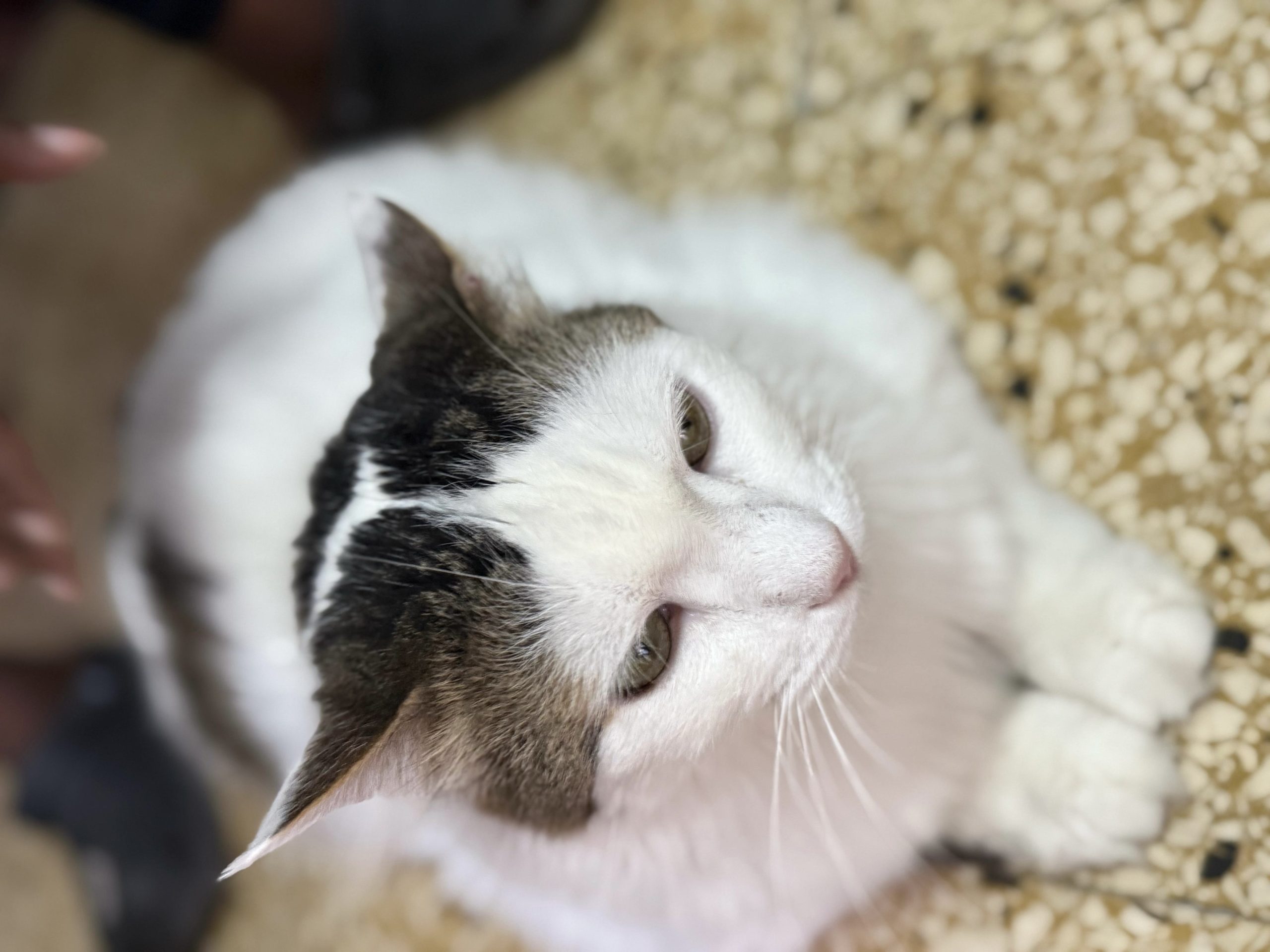Obesity is a growing concern for pets, particularly cats and dogs, and it can significantly impact their quality of life. As pet owners, it’s crucial to recognize the signs of obesity, understand its causes, and take proactive steps to manage or prevent it.
Causes of Obesity in Pets

Overfeeding and Poor Diet
One of the main causes of obesity in pets is overfeeding. Many pet owners unintentionally provide more food than their pets need, often without proper portion control. Additionally, diets high in carbohydrates or fats contribute to weight gain. Many owners also fail to follow manufacturer guidelines when serving store-bought pet food, leading to excessive calorie intake.
Lack of Exercise and Stimulation
Pets that are kept indoors or in homes with limited yard space may lack opportunities for physical activity. Some pet owners do not prioritize regular walks or playtime, resulting in a sedentary lifestyle. Without sufficient exercise to burn excess calories, pets gradually gain weight.
Breed Predisposition
Certain dog breeds are genetically more prone to weight gain, especially if they are not provided with enough physical activity. Breeds originally bred for high-energy tasks, such as retrievers and hounds, require regular exercise. If these breeds remain inactive, they are more likely to develop obesity.
Signs and Symptoms
Obesity in pets is often easy to recognize if you know what to look for. Some common signs include:
- Disproportionate Body Shape – The pet’s body appears noticeably larger than its head, creating an unbalanced appearance.
- Reduced Activity – Obese pets tend to move more slowly and exhibit less energy or playfulness.
– In cats, a lack of interest in hunting or chasing small animals like mice and lizards can be a sign of reduced activity.
– In dogs, they may lose interest in activities they once enjoyed, such as playing fetch or tracking scents. - Weight-Related Issues – Overweight dogs may develop calluses on their knees due to excess weight, while obese cats may struggle with grooming, jumping onto surfaces, or fitting into small spaces they once navigated easily.
Steps to Address and Prevent Obesity
Managing and preventing obesity in pets requires a combination of regular vet checkups, exercise, and proper feeding habits. Engage your pet in regular physical activity, such as daily walks, play sessions, or interactive toys that encourage movement. Monitor their feeding habits by scheduling meal times, measuring portions carefully, and ensuring a balanced diet. Avoid excessive treats and human food, as they often contain unnecessary calories. Preventing obesity is much easier than reversing it, so recognizing early signs and taking proactive steps will help ensure your pet lives a happy, active, and healthy life.

